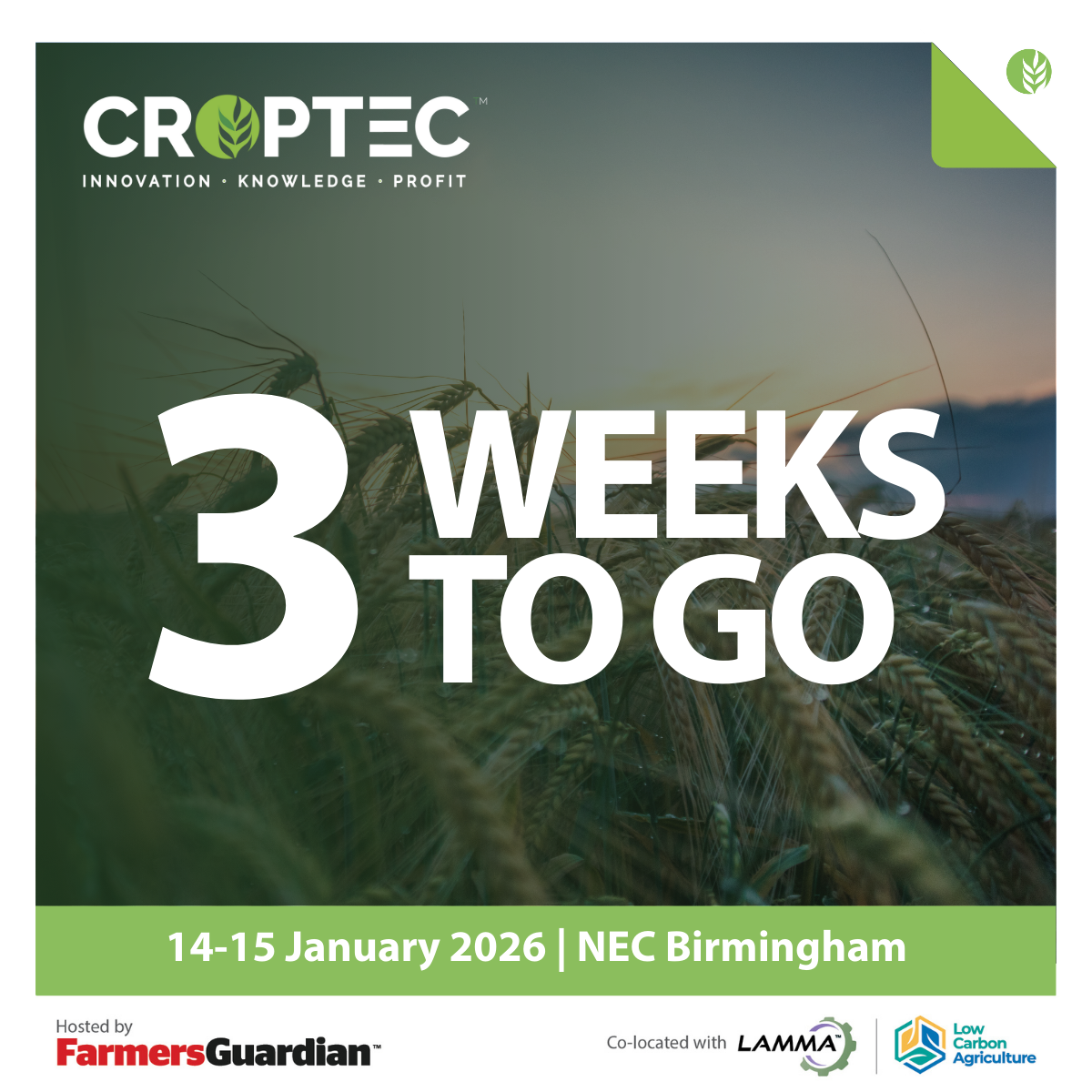Seeking better BYDV treatment decisions
Seeking better BYDV treatment decisions
by Arable Farming July 2020
Fresh factors affecting barley yellow dwarf virus (BYDV) vectors grain aphid and bird cherry-oat aphid have prompted AHDB to back a new project*.
BYDV is a serious disease of wheat, barley, and oats. Yield loss in untreated wheats averages 8%, but it can be as much as 60%.
Management of the disease has not changed significantly in decades, with insecticide use rarely correlating with annual reports of the virus, notes Dr Sacha White of ADAS who is leading the research.
Recently, two important developments have had a significant impact on the outlook for managing BYDV, says Dr White.
Firstly, resistance to pyrethroid insecticides has been detected in grain aphids and is now widespread. Currently, only moderate resistance has arisen, so applications of pyrethroids at their full label rate should still be effective. Secondly, neonicotinoid seed treatments are no longer available.
A limited chemical armoury and the Sustainable Use Directive requirements mean future BYDV control will need to rely on integrated pest management.
That means pest monitoring and decision support systems (DSS) the focus of the new project will become vital, he says.
Work on pest monitoring is investigating the range over which suction trap data (as provided by the Rothamsted Insect Survey) can be used in field crops to predict aphid numbers and the percentage of aphids carrying the virus.
The reliability of sticky and water traps to supplement and/or replace suction trap data is also being studied. The aim is to develop two decision support systems a risk DSS and a spray DSS, explains Dr White.
Factors
The risk DSS will help predict BYDV risk before drilling and be based on factors such as field location, surrounding land use, drill date and varietal choice.
The spray DSS will help predict the need for insecticide sprays and adapt and update two previously published models.
'Ultimately, we hope to give farmers and agronomists the confidence not to use insecticide treatments for BYDV control when the predicted risk of infection is low.
The new work is intended to improve aphid monitoring assessing aphid numbers in the crop and in-field sticky and water traps and comparing the results with those from nearby suction traps.
The proportions of aphids from each source carrying BYDV are also being compared.
Were also using pictures of in-field traps to determine whether image analysis can identify BYDV vectors in them.
The power of modern personal computers and mobile phones means even a moderately power-intensive DSS should be accessible to most users.
If insecticide resistance reduces pyrethroids effectiveness, alternative chemistry should it become available is likely to be significantly more expensive, says Dr White.
New DSS reliability essential
While appreciating the need for fresh research, Devon-based AICC member Arthur Marshall remains open-minded about the value of any new decision support systems.
He says: I wonder how good these IT tools will be a lot depends on getting it right.
His coastal area, the mild winters and having cereal fields surrounded by grass all increase the threat from BYDV.
For me, as an agronomist working on the front line in the highest risk part of the country, BYDV control is critical.
We make use of suction trap results, but we need more specific and local information. Spotting aphids is impractical. So if in doubt we spray and if were not sure, we spray again. The only good aphid is a dead one.
He acknowledges, however, that the strategy of applying multiple sprays cannot continue.
Aphid resistance, environmental damage and regulatory restrictions will put an end to the cheap and cheerful approach, he says.
This season looks set to be particularly challenging.
There are a lot of unexpected virus infections this year. Theres a massive amount of late winter/early spring infection not stunting plants but creating some lurid leaf colours.
Forecasting
None of us predicted this and I dont think any computer forecasting scheme would have picked it up.
For now, with aphid sprays costing less than £1 per acre, the only problem is nagging and bullying farmers to get the job done. Ruts dont matter. Losing half the yield to virus does.
New generation insecticides with features of selectivity, specific aphid control, anti-resistance and other potential benefits, will inevitably be more expensive, he says.
Well need to be more convinced than ever that the aphid risk justifies the cost.
After the last sodden autumn hampered so much drilling, there is bound to be a temptation to sow too early this year, he warns.
Its another disaster waiting to happen.
.png)

